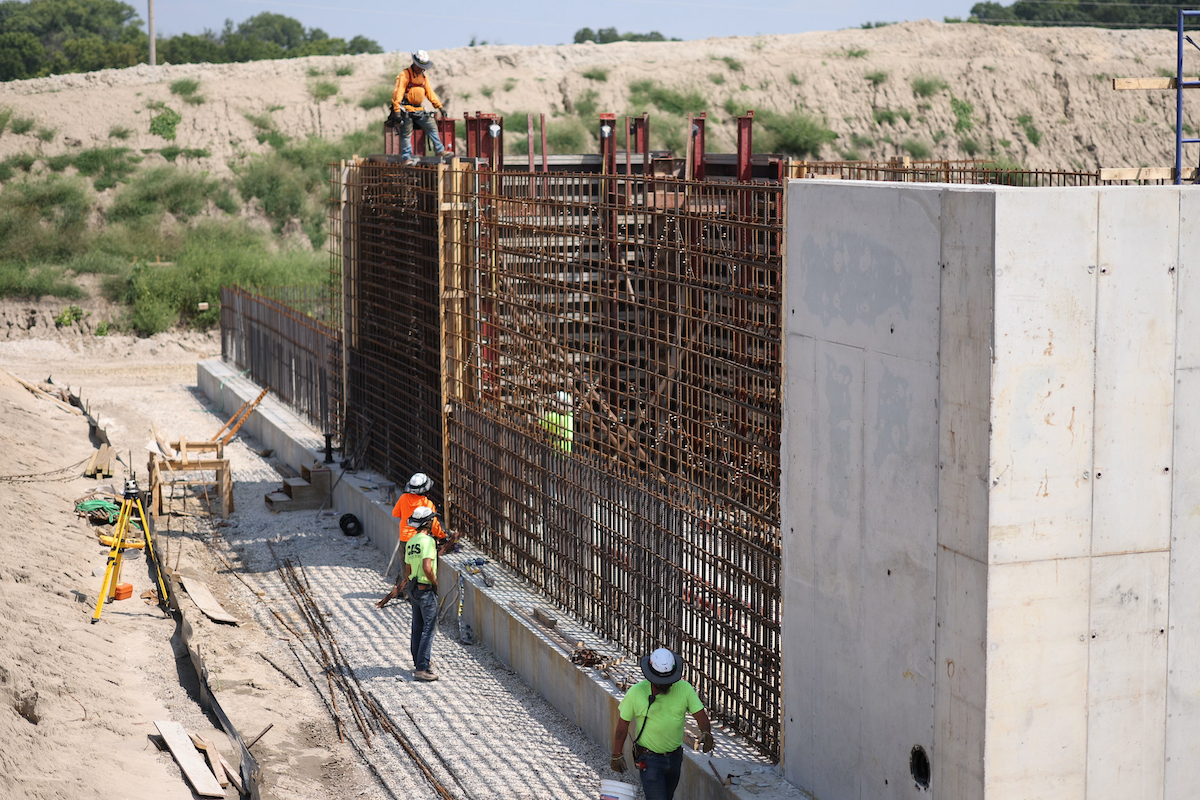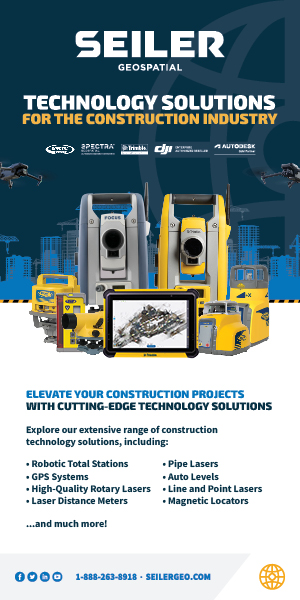Whether it’s a brick mason, concrete finisher, roofer, or any other necessary occupation for a job site, workers are at risk of work-related musculoskeletal disorders (WMSDs) because of the nature of the job – the awkward postures, repetitive lifting, bending, and reaching, and forceful exertions.
According to the Occupational Information Network, many workers spend more than two-thirds of their time on the job performing repetitive motions that increase the risk of suffering chronic back pain.
Considering the physical demand of these exhausting motions over the course of a shift – not to mention nearly a quarter of wage-and-salary construction workers work more than 40 hours per week, according to the CPWR Data Center – it’s no surprise that by far the most common WMSD for construction workers is related to their back.
Because WMSDs are so prevalent in the construction industry, many companies are exploring new equipment that can help provide some protection against chronic back pain – including exoskeletons and exosuits.
At the core of exo technology is a simple concept: address potentially painful problems before they actually cause injuries.

| Your local Komatsu America Corp dealer |
|---|
| Road Machinery and Supplies Company |
While new occupational wearables are exciting and we believe they will revolutionize how work is done, we understand there may be some questions about how to navigate and research exos. After years of experience in designing, testing, and implementing occupational exos, we’ve identified a list of key things to ask during your research.
In fact, there are many types of exos, including ones that specialize in supporting certain body parts or functions.
Shoulder-assist exoskeletons are best for workers frequently working overhead, such as an assembly line. There are also back-assist exosuits for low-back support and assistance for workers who lift, bend, and reach throughout their shift.
Consider the primary movements of your workers and where your workers are often sore. Then look into exos for that kind of support.
According to the CDC, WMSDs are disorders of the muscles, nerves, tendons, joints, cartilage, and spinal discs in which:
- The work environment or job duties contribute significantly to the condition
- The condition is worsened or lingers longer because of work conditions
For many active workers, constant lifting, bending, and reaching is simply part of the job. The result, though, is the risk of cumulative trauma, repetitive strain, fatigue, and chronic overexertion causing chronic back pain and missed work.

| Your local Trimble Construction Division dealer |
|---|
| SITECH Central LLC |
| SITECH Midway |
Acute back pain, however, is usually caused by overly heavy lifting or an accident – whether it’s a trip, fall, or slip.
Exosuits can help prevent the acute injuries of today – your workers shouldn’t be trying to lift 500 pounds in the first place – but they are also designed to prevent the career-ending injuries that happen years from now. Most industrial exosuits are designed to fight back against chronic back pain caused by the repetitive pounding of a common workday.
It’s not impossible to implement exos if your workers are not initially interested or aware, but it can be more difficult. Communicating with and educating all involved parties will be critical.
How often would exo assistance be needed for your workers? Only for the most strenuous tasks or all day for those 40-plus hour work weeks?
These answers can help narrow your list of potential exos.
Some are great for short stints but can be uncomfortable or obtrusive for long durations. Others have been optimized for longer use and can accommodate all sorts of tasks and postures without getting in the way. If somebody will use it all day, light, flexible, and comfortable is the way to go.
This is a big one, especially for construction workers.

| Your local Iowa Mold Tooling Co Inc dealer |
|---|
| Star Equipment LTD |
It is critical that exos are compatible with the equipment and movements your workers need to do their jobs. In fact, movement interference has been one of the largest barriers to exo adoption.
An exo’s assistance will be what helps fight against WMSDs, but comfort and freedom of movement will be what makes an exo realistic for adoption. It’s equally important to identify daily tasks that don’t need assistance.
What will your workers do when they need to sit down, climb ladders, get on their knees, walk, or enter confined spaces? Some modern exos are manufactured with soft textiles, lightweight designs, and on/off switches to allow the device to get-out-of-the way and ensure workers’ freedom of movement.
Look for quality lab-based validation studies and field tests. Are the numbers provided without any source or is it peer-reviewed science with supporting evidence from multiple studies?
You still have to do your homework.
There are also a few common questions to ask for long-lasting adoption:
- How do you prepare for implementation before exos arrive on-site?
- How do you make sure an exo keeps its proper fit over time?
- How will exos be maintained, stored, and cleaned to ensure safe and sanitary use?
You should understand upfront: What is success for your company? Are there specific metrics your company uses to measure success? Do you have the necessary support to broadly roll out exos if your workers love them?
There’s a lot to consider when researching exos, but the good news is they are more practical and approachable than ever. Exos can help companies allow construction workers to work better – and safer – at their jobs and live better away from them, too.

| Your local Takeuchi Mfg Ltd dealer |
|---|
| Kirby-Smith Machinery |
| Star Equipment LTD |
About the Author
Matthew Marino, PT, MSPT, CPE, is Director of Ergonomics and Human Factors at HeroWear (herowearexo.com), a provider of exoskeleton technology for working men and women. He has been an active member of the ASTM F48 Committee on Exoskeletons and Exosuits since its inception and is a founding partner of the ASTM Exo Technology Center of Excellence




































































